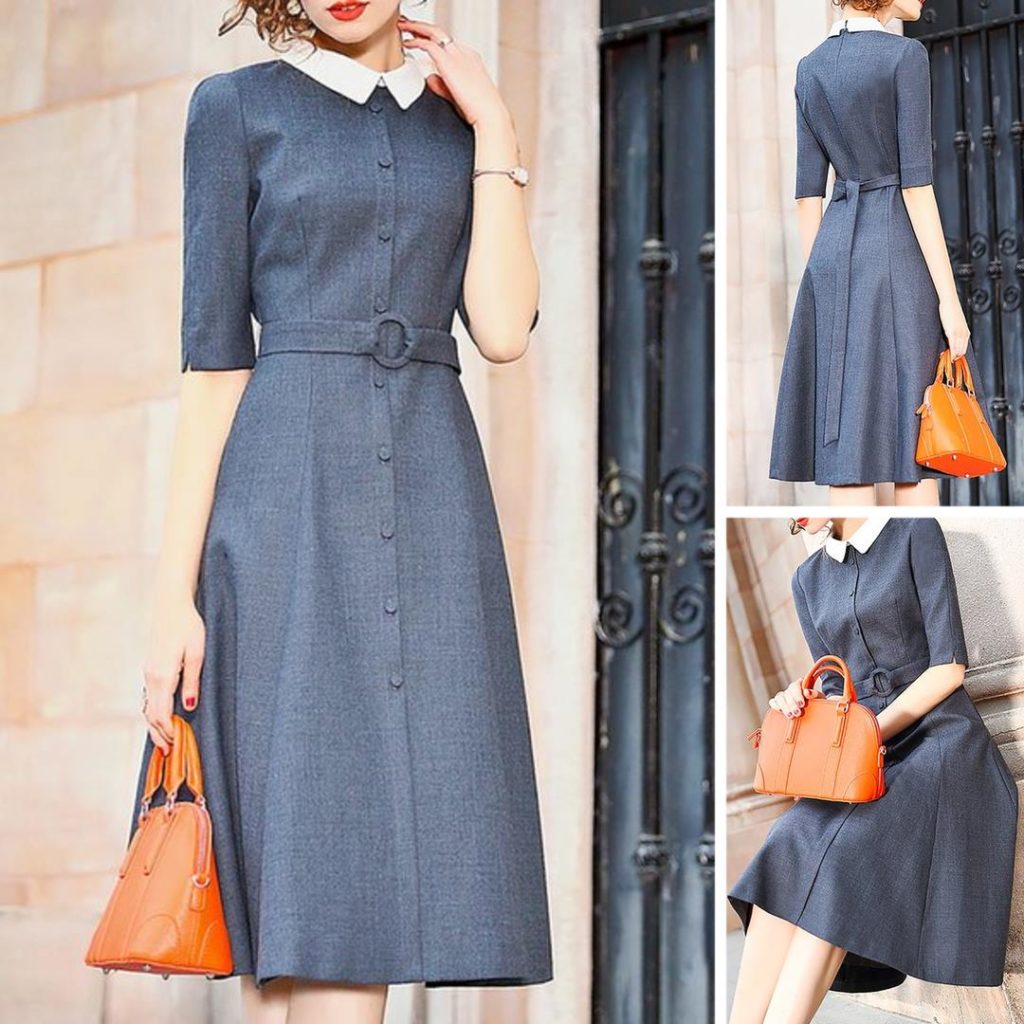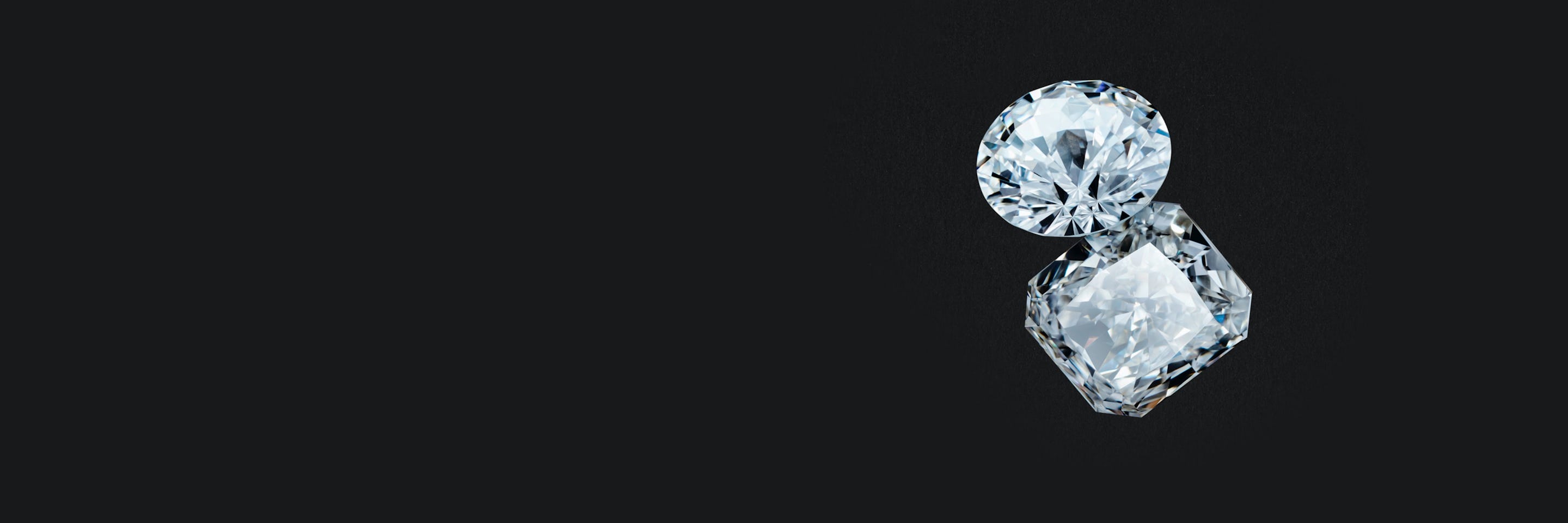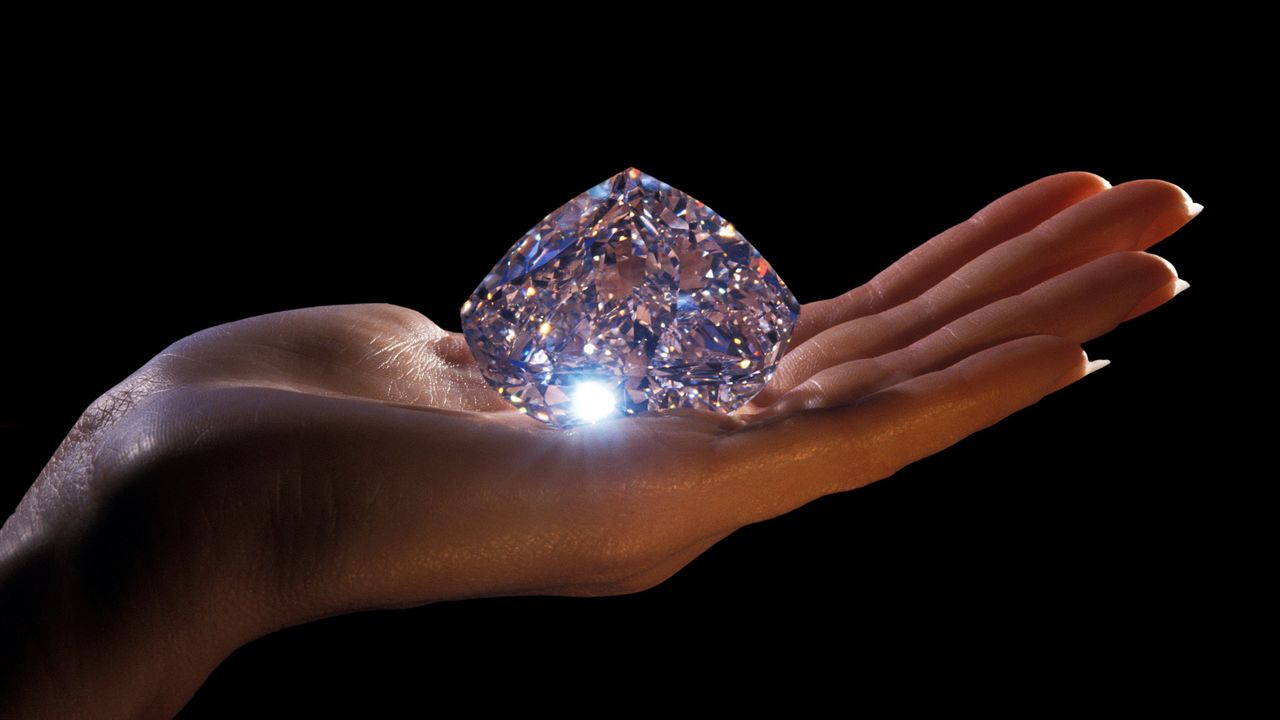Mike Winkelmann, a digital artist, publicly known as Beeple, has turned the world upside down after managing to score $69 million in an auction for a digital collage of 500 of his works. What’s more surprising is that Christie’s, a fine arts auction house, was responsible for mediating the sale.
This success is only one of many driven by NFTs, or non-fungible tokens. They’re blockchain-backed tokens that gain value by providing ownership to digital files. From famous tweets to gifs, memes, and artwork, anything that lives in the metaverse can transform into an NFT. And if you’re lucky enough, they might sell for a pretty penny!
Beeple’s $69 million art sale is only the most recent of his string of successes. In 2020, he made two other major sales, each netting over $66,000 and $3.5 million, respectively. The former has since been resold for $6.6 million. While non-enthusiasts are scratching their heads over why anyone would turn 10-second clips into million-dollar investments, the influence of NFTs has quickly trickled into the art industry. Now, new motivation has emerged among independent designers, artists, and other tech-forward creatives looking to score big––while they can.
From Artwork to Token to Marketplace: Step-by-Step NFT Creation Process
Every NFT starts with some form of digital asset, whether it be a meme or a gif, or a 5-second clip. It can be anything as absurd as a screenshot of a tweet––which, by the way, can sell for millions. There are no boundaries in what people value in the metaverse, and so NFTs cater to a massive audience. Who knows––a digital version of your 20-year-old sports collectible might be a one-way ticket to a five-digit sale. But first, here’s how you can turn any digital file into an NFT.
Step 1: Create a Digital Cryptocurrency Wallet
Before getting to the marketplace, you need to first build the foundation for your transactions: a digital cryptocurrency wallet. Why? Because NFTs are created on blockchains, and their native tokens fuel these blockchains. For instance, Ethereum is the leading platform for NFT creation, so most marketplaces transact with Ether (ETH).
You need a supply of ETH to cover the “gas” fees––a term used to describe processing fees––required to post your listing, hence why you also need a special wallet to store these coins beforehand. Likewise, buyers will purchase your work with ETH, and the coins you earn will go straight to your digital cryptocurrency wallet.
And don’t worry––the ETH is withdrawable to fiat money if you prefer to hold USD or any other currency. Some of the best wallet options include MetaMask and Enjin, as they’re specifically designed to store NFTs.
Step 2: Create an NFT
Platforms like OpenSea and Rarible make the NFT creation process super-easy. Rather than going on the Ethereum platform, writing smart contracts, and minting the tokens yourself, you can do them directly through these marketplaces to save time. Simply create an account and “add a new item” to create an NFT. You’ll end up with a standard non-fungible token, which doesn’t have special, custom restrictions but follows all of Ethereum’s guidelines. While you can only create one NFT at a time, you can do re-releases by creating various editions.
Step 3: Post Your Listing
You can directly post a new listing after creating an NFT on any digital marketplace and choose to set a fixed price or put the token up for auction. Note that the prices are in ETH, so it’s best to check the latest market price and convert based on your preferred fiat value. Marketplaces also allow you to set royalty fees, so if a buyer resells your work, you’ll earn a percent commission out of it.
Before completing your listing, the marketplace will provide you with an estimated gas fee. This is the processing fee you need to pay to post the listing successfully, and the value depends on Ethereum’s network congestion. You need to ensure that your wallet has the appropriate amount (plus a little extra for contingency), or your request will be rejected. You can purchase ETH from any cryptocurrency exchange open in your country; an example would be Coinbase.
Once you post your listing, make sure to promote your work online! There’s tough competition amid the hype––it helps to put your name out there so others know what to search for.
Should You Sell NFTs?
Despite there being a huge market for NFTs, there are also many people vying to take advantage of the hype. That includes celebrities and famous athletes, from Kansas City quarterback Patrick Mahomes to Paris Hilton. You need a social media presence for potential buyers to find your work amid a sea of so many famous competitors, and that alone can be tough!
It’s also important to know that because NFTs are fueled by cryptocurrency, prices are extremely volatile. ETH can be worth $1,500 one hour and $2,000 the next. While the NFT craze is fueling ETH prices to go up, a single bad headline can be detrimental for all the existing listings––so be wary.
From a corporate standpoint, companies like Funko are joining in the NFT wave on a business level, but there’s also potential to grow a business directly from the metaverse. CryptoKitties is a great example of an NFT-driven business model, despite never existing in the real world. Their one-of-a-kind cat PNGs garnered millions in sales in 2017. And because NFTs are still in their early adoption stage, a similarly good idea can mean making a huge impact on an existing or new market! For instance, DIGITALAX brings together NFTs and fashion mods for video games, while Submerge is curating rare music releases.
For now, the NFT hype is still fresh and is bringing plenty of excitement between the real and virtual worlds, so it’s still a good time to start minting! Have you ever transacted with NFTs before? What types of NFTs are you interested in?



:max_bytes(150000):strip_icc()/labgrownlede-2b7540f7f7404558a08f1a555862f3d3.jpg)



